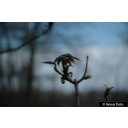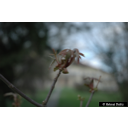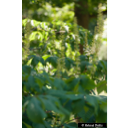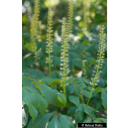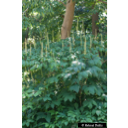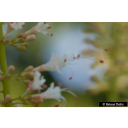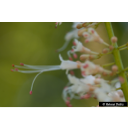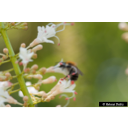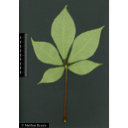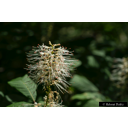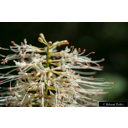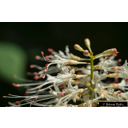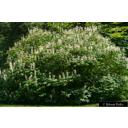Useful information about the taxon (species, subspecies, variety...)
Aesculus parviflora Walter 1788
Sapindaceae
(APG IV)small-flowered buckeye, bottlebrush buckeye
Taxon concept: The Plant List (2010)
Distribution: southeastern USA incl. Florida
Aesculus parviflora Walter - Accepted: Aesculus parviflora Walter bei Zander 2008; Familie: Hippocastanaceae (Zander 2008)Aesculus parviflora Walter - Accepted: Aesculus parviflora Walter bei The Plant List (2010); Familie: Sapindaceae (APG III)Aesculus parviflora Walter - Accepted: Aesculus parviflora Walter bei The Plant List (2014), version 1.1; Familie: Sapindaceae (APG III)Aesculus parviflora Walter - Accepted: Aesculus parviflora Walter bei The Plant List (2014), version 1.1; Familie: Sapindaceae (APG IV)Aesculus parviflora Walter - Accepted: Aesculus parviflora Walter bei World Flora Online - APG IV (Angiosperms); Familie: Sapindaceae (World Flora Online - APG IV (Angiosperms))
- Color of flower
- white
- Flowers
- hermaphrodite flowers, paniculate inflorescences 20-30 cm long, stamens with red anthers
- Flower ecology
- insect-pollinated (bees)
- Life form
- shrub
- Leaves
- palmately compound
- Foliage persistence
- deciduous
- Fruits
- glabrous capsule fruit with single seed, seed is rich in saponins
- Soil conditions
- preferentially on well-drained soils
- Natural occurrence (habitat)
- on cliffs overlooking rivers
- Chemical characters
- contains esculin
Bundesamt für Naturschutz (BfN) (1999-2001 and ongoing): Floraweb - Daten und Informationen zu Wildpflanzen und zur Vegetation Deutschlands. www.floraweb.de.; Oberdorfer, E. (2001): Pflanzensoziologische Exkursionsflora. Für Deutschland und angrenzende Gebiete. Eugen Ulmer Verlag, Stuttgart, 8., stark überarb. u. erg. Aufl, 1056 S. 978-3-8001-3131-0.; Plants for a Future (1996-2012): PFAF. See: https://pfaf.org/; Pritsch, Günter et al. (2007): 200 Trachtpflanzen erkennen und bewerten.. Kosmos, Stuttgart; Schick, B. & Spürgin, A. (1997): Die Bienenweide. Eugen Ulmer Verlag, Stuttgart, Auflage: 4., völlig neubearb. u. erw. A., 216 S. 978-3800174188.; The IUCN Red List of Threatened Species. www.iucnredlist.org;
Diese Webseite verwendet Google Maps, um Karten und Standorte von Pflanzen in den Hohenheimer Gärten anzuzeigen. Dadurch werden unter Umständen Daten an Google weitergeleitet, was mit einer Verarbeitung Ihrer personenbezogenen Daten verbunden sein kann. Die Datenschutzerklärung von Google finden Sie hier: Datenschutzerklärung von Google
| Sex | Standort | Accession number | Planting year | Donation | IPEN | Lat. | Long. |
|---|---|---|---|---|---|---|---|
| Parzelle G | EG-G-011-19317 | 1990 | XX-0-HOH-EG-G-011-19317 | 48,7095674575 | 9,2064480895 | ||
| Parzelle E | SP-ES-076-10363 | 2017 | XX-0-HOH-SP-ES-076-10363 | 48,7108119156 | 9,2124795278 | ||
| Parzelle G | SP-GS-001-3177 | 2018 | XX-0-HOH-SP-GS-001-3177 | 48,7107633099 | 9,2127288125 | ||
| Parzelle G | SP-GS-099-10482 | 2015 | XX-0-HOH-SP-GS-099-10482 | 48,7108107215 | 9,2138589775 | ||
| Parzelle G | SP-GS-101-10484 | 2019 | XX-0-HOH-SP-GS-101-10484 | 48,7108397638 | 9,2138462734 |

